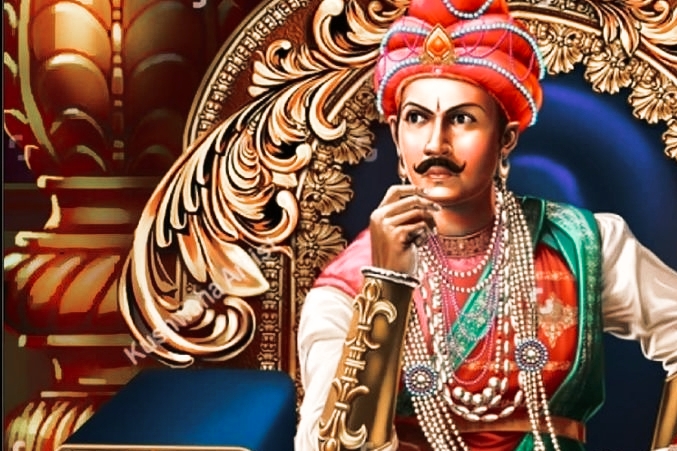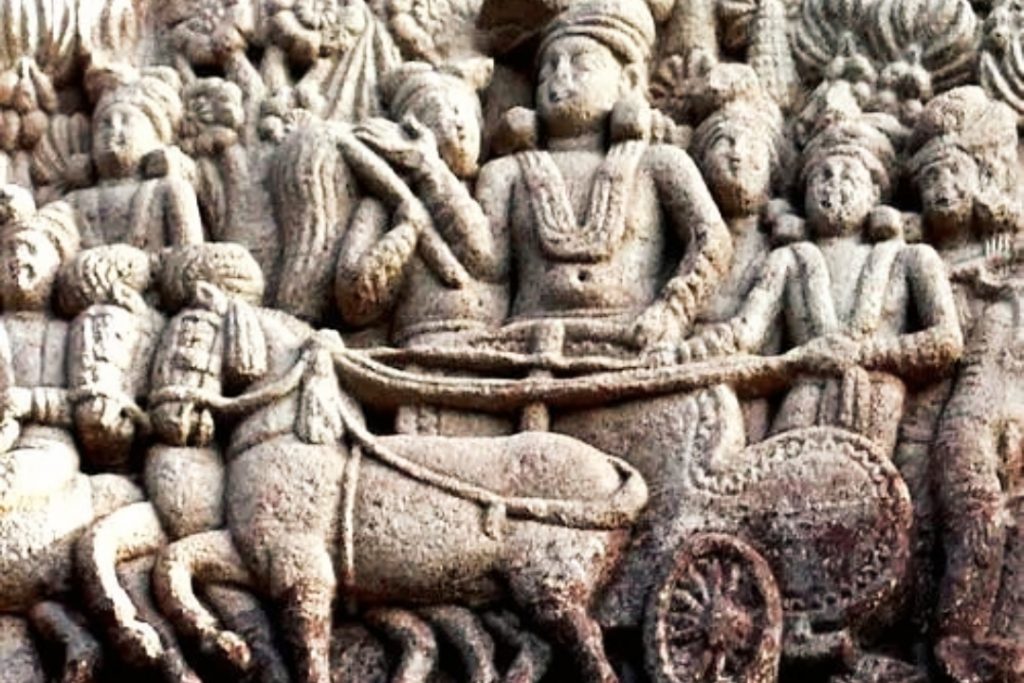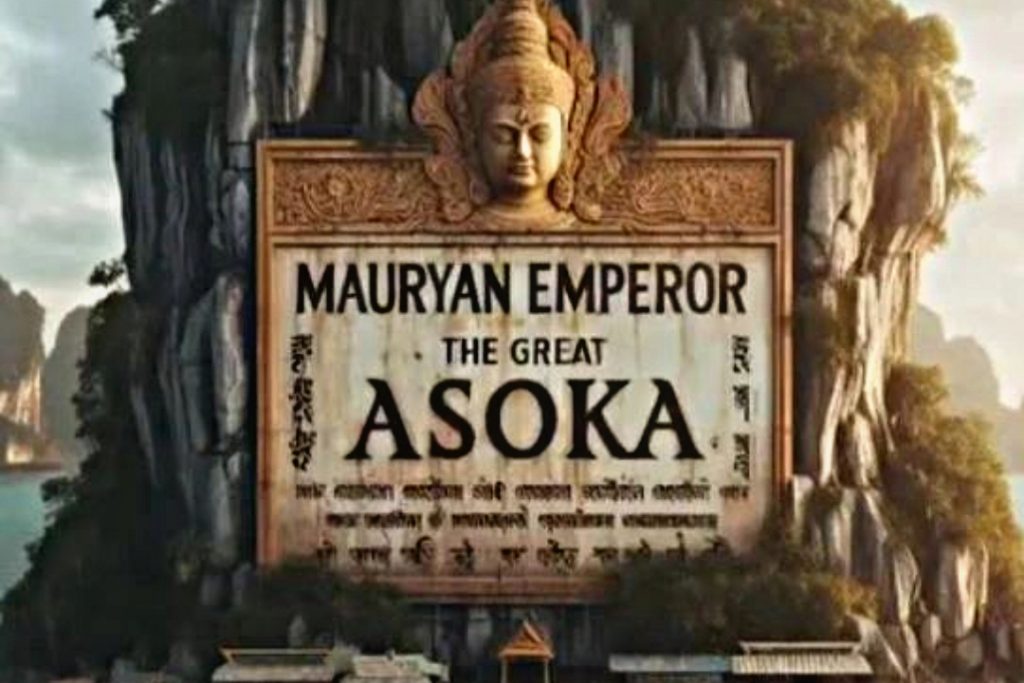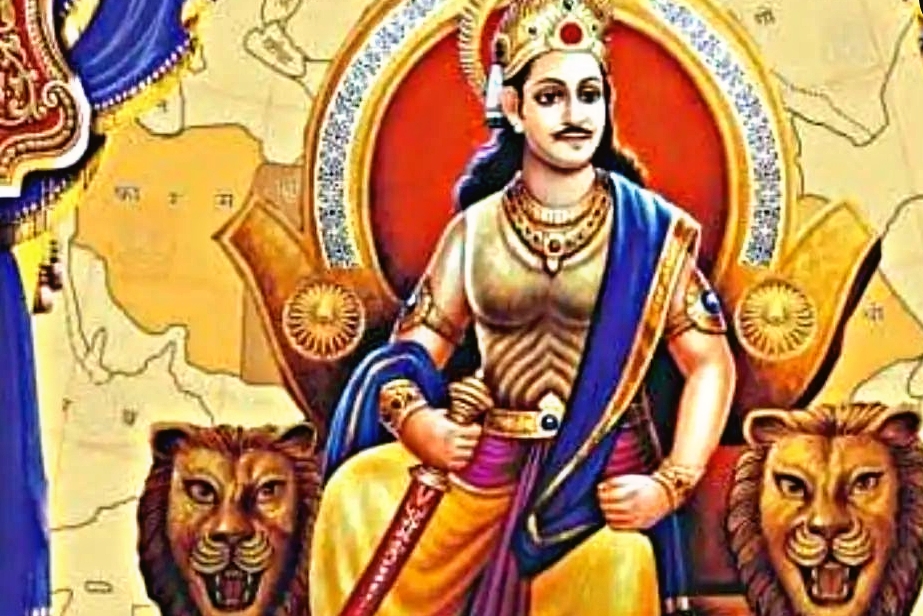Ashoka the Great, one of India’s most celebrated rulers, is renowned not only for his vast empire but also for his transformative journey from a ruthless conqueror to a compassionate and benevolent leader. His reign marked a golden age in Indian history, leaving a legacy of governance, cultural advancement, and moral philosophy that resonates even today. This article delves deep into the life of Ashoka, his conquests, his embrace of Buddhism, and his enduring contributions to humanity.
Early Life and Ascension to the Throne
Ashoka was born around 304 BCE into the Maurya dynasty, founded by his grandfather Chandragupta Maurya and expanded significantly by his father, Bindusara. The Mauryan Empire was one of the most powerful empires in ancient India, stretching across vast territories from the Hindu Kush to Bengal and southward into the Deccan Plateau.
Birth and Lineage
Ashoka was the son of Emperor Bindusara and Queen Subhadrangi, a woman of humble origins. Though not the eldest, Ashoka displayed exceptional intelligence, military skill, and administrative capabilities from a young age. These qualities made him a prominent contender for the throne, much to the envy of his half-brothers.
Struggles for Power
After Bindusara’s death, a fierce power struggle ensued among his sons. Ashoka, supported by loyal ministers and generals, emerged victorious, ascending to the throne around 268 BCE. Historical records suggest that his rise to power was marked by bloodshed, earning him the reputation of a ruthless and ambitious ruler in his early years.
Ashoka’s Early Reign: The Conqueror King

As emperor, Ashoka inherited a vast empire but sought to expand it further. His military campaigns were relentless, aimed at consolidating his power and extending Mauryan dominance. His most notable conquest was that of Kalinga (modern-day Odisha and northern Andhra Pradesh), a prosperous and strategically important region that fiercely resisted Mauryan control.
The Kalinga War: A Turning Point
The Kalinga War, fought around 261 BCE, was one of the bloodiest conflicts in ancient Indian history. According to historical accounts, the war resulted in the deaths of over 100,000 soldiers and civilians, with countless others displaced or enslaved. While achieved a decisive victory, the aftermath of the war had a profound impact on him.
The Emperor’s Transformation
The sight of the battlefield, littered with corpses and ravaged by suffering, deeply disturbed Ashoka. He began to question the morality of his actions and the true purpose of power. This moment marked a pivotal transformation in Ashoka’s life, leading him to renounce violence and embrace a path of nonviolence and spiritual enlightenment.
Embracing Buddhism: The Emperor’s Moral Awakening

Following the Kalinga War, Ashoka sought solace and guidance in Buddhism, a faith that emphasized compassion, nonviolence, and the pursuit of inner peace. His conversion was not merely a personal decision but a guiding philosophy that would shape his governance and policies.
Ashoka’s Conversion to Buddhism
Ashoka became a devoted follower of the Buddha’s teachings, taking vows to uphold the principles of Dhamma (righteousness). He studied under Buddhist monks, including Moggaliputta Tissa, and immersed himself in the sacred texts.
Promotion of Dhamma
Ashoka’s embrace of Buddhism did not lead him to abandon his duties as a ruler. Instead, he sought to integrate the principles of Dhamma into the administration of his empire. His interpretation of Dhamma was inclusive, emphasizing ethical conduct, social welfare, and religious tolerance rather than strictly adhering to Buddhist doctrine.
Ashoka’s Administration: A Model of Benevolent Governance
Ashoka’s reign, which lasted for nearly four decades, was marked by progressive reforms and policies aimed at ensuring the welfare of his subjects. His governance model combined the Mauryan tradition of centralized administration with his newfound commitment to ethical principles.
Edicts of Ashoka
One of Ashoka’s most remarkable contributions was the Edicts of Ashoka, a series of inscriptions carved on rocks, pillars, and caves across the empire. Written in Prakrit, Greek, and Aramaic, these edicts served as proclamations of his policies and moral guidelines.
The edicts highlighted various aspects of his governance, including:
- Moral and Ethical Conduct: Ashoka encouraged kindness, truthfulness, and respect for all living beings.
- Religious Tolerance: He promoted harmony among different faiths, emphasizing mutual respect and understanding.
- Social Welfare: Ashoka prioritized the construction of hospitals, schools, roads, and irrigation systems to improve the quality of life for his people.
- Justice and Fairness: He appointed officers known as Dhamma Mahamatras to oversee the implementation of ethical practices and ensure justice for all.
Public Works and Infrastructure
Under Ashoka’s rule, the Mauryan Empire witnessed significant advancements in infrastructure. He initiated the construction of Buddhist stupas, viharas, and monasteries, many of which became centers of learning and pilgrimage. Roads and trade routes were expanded, fostering economic prosperity and cultural exchange.
Ashoka’s Legacy as a Buddhist Emperor

Ashoka’s commitment to spreading Buddhism extended far beyond the boundaries of his empire. His efforts played a pivotal role in transforming Buddhism from a regional faith into a global religion.
Spread of Buddhism
Ashoka sent Buddhist missionaries to distant lands, including modern-day Sri Lanka, Nepal, Afghanistan, and Southeast Asia. He also established diplomatic relations with Hellenistic kingdoms, facilitating cultural and religious exchange.
The most notable example of his missionary work was the journey of his son, Mahinda, and daughter, Sanghamitta, to Sri Lanka. Their efforts led to the establishment of Buddhism as the dominant religion in the region, a legacy that endures to this day.
Patronage of Art and Culture
Ashoka’s reign marked a flourishing of art and culture, particularly in the context of Buddhist architecture and sculpture. The construction of iconic monuments such as the Sanchi Stupa and the Barabar Caves reflects the emperor’s dedication to promoting Buddhist values.
The Later Years of Ashoka
In his later years, Ashoka focused increasingly on spiritual pursuits and the welfare of his people. However, his policies of nonviolence and religious tolerance faced resistance from certain sections of society, particularly the military elite, who viewed them as a departure from traditional Mauryan practices.
Despite these challenges, Ashoka remained steadfast in his commitment to Dhamma. His reign ended around 232 BCE, and his successors struggled to maintain the empire’s unity and strength.
Ashoka’s Enduring Influence
Ashoka’s legacy transcends the boundaries of time and geography. He is remembered not only as a powerful ruler but also as a visionary who prioritized the welfare of humanity over personal ambition.
Cultural and Religious Impact
Ashoka’s efforts to promote Buddhism laid the foundation for its global spread, influencing societies and cultures across Asia and beyond. His edicts serve as a timeless testament to the importance of ethical governance and compassion in leadership.
Symbol of Modern India
In modern times, Ashoka’s legacy has been embraced as a symbol of India’s cultural and historical heritage. The Ashoka Chakra, a representation of the Dharma Wheel found on his edicts, adorns the Indian national flag, embodying principles of justice, progress, and righteousness.
Conclusion: The Emperor of Hearts
Ashoka’s life is a powerful narrative of transformation, from a ruthless conqueror to a compassionate ruler dedicated to the welfare of his people. His journey reflects the timeless values of humanity, reminding us of the profound impact of ethical leadership and the enduring power of compassion.
Today, Ashoka stands as an eternal icon of moral governance, inspiring generations to strive for a world built on principles of peace, tolerance, and respect for all living beings.

